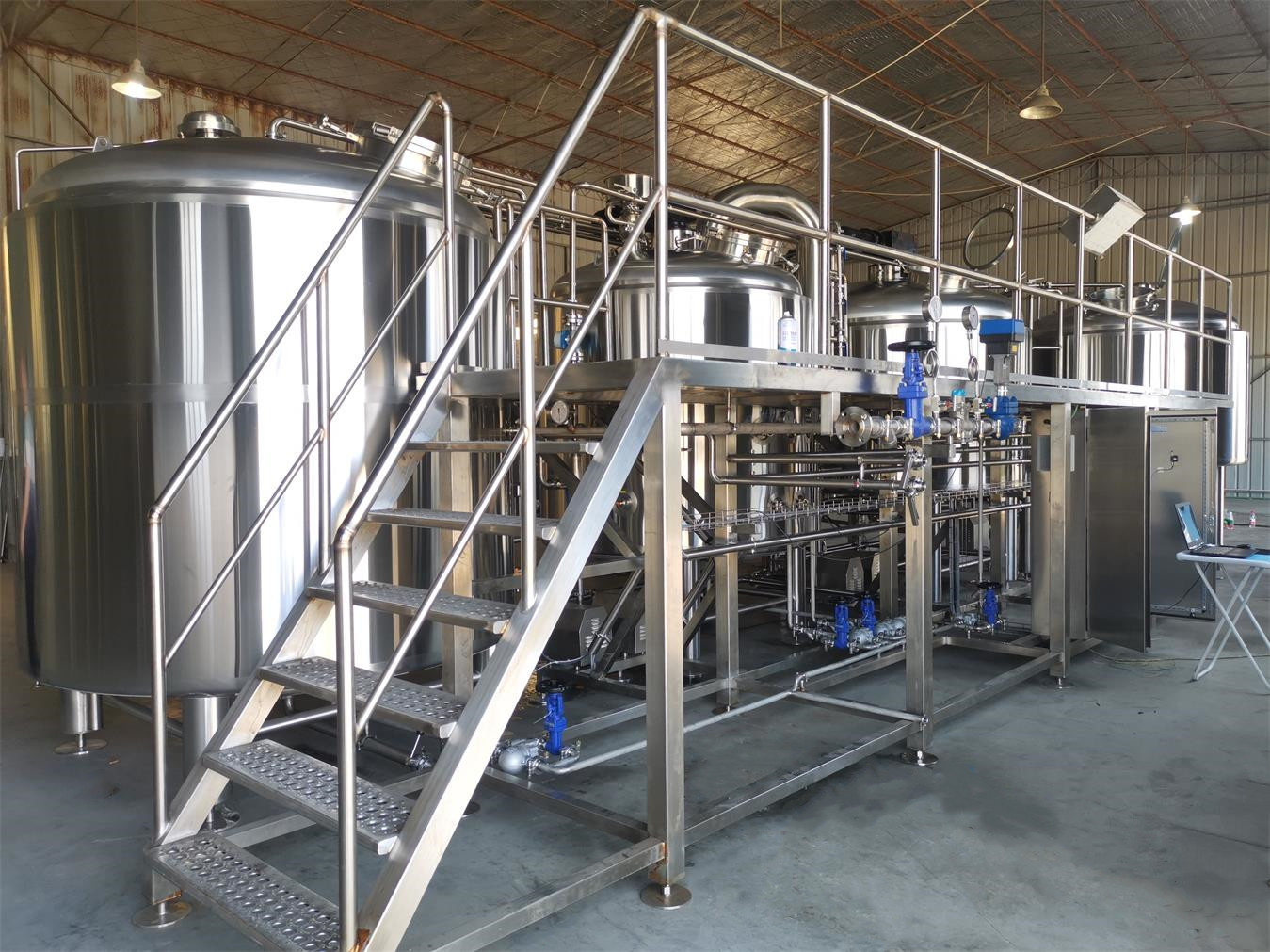How to Fully Understand Brewing Fermentation Equipment
Which Type of Fermentation Tank Is Suitable for Home Brewing and Commercial Use
So, you’re diving into the world of brewing—whether you’re fermenting your first batch in a garage or scaling up to serve a taproom full of thirsty locals, the fermentation tank you choose will make or break your process. Think of it like picking a partner in crime—reliability, performance, and the ability to handle pressure (literally!) matter.
For homebrewers, smaller fermentation tanks are king. Most opt for glass carboys, plastic buckets, or stainless steel conical fermenters. Glass is inert and won’t mess with flavor, but it’s heavy and breaks easily. Plastic is cheap and light but scratches easily (hello, bacterial hideouts!). Stainless steel? Now that’s the sweet spot—durable, easy to clean, and it just looks cool.
Commercial brewers, on the other hand, need heavy-duty gear. We’re talking jacketed stainless steel conical fermenters with glycol temperature control, sampling valves, and pressure gauges. These tanks can handle large volumes and precise fermentation control, which means consistent flavor and fewer surprises in your brew.
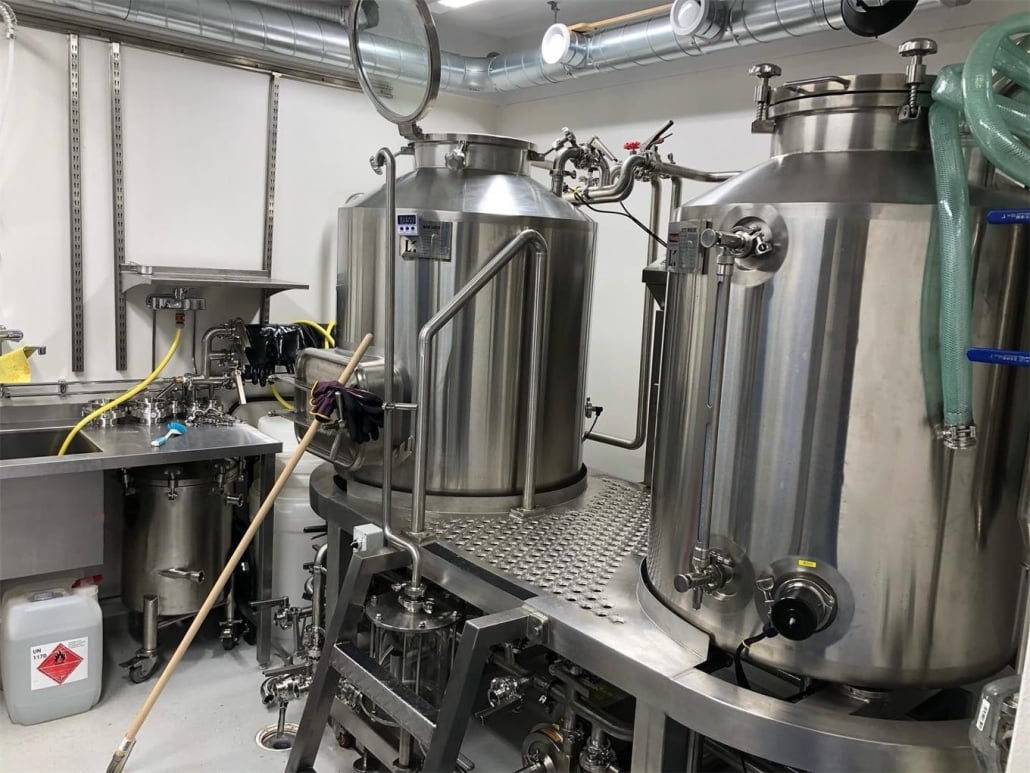
Types of Brewing Fermentation Equipment
Let’s get real—fermentation equipment isn’t just a tank with a lid. There’s a whole suite of gear that goes into this process. Each piece has a purpose, and choosing the right combo can be the difference between gold-medal IPA and “meh” homebrew.
- Primary Fermenters: These are your initial tanks where the wort first meets yeast. They come in plastic, glass, and stainless steel. For home use, plastic buckets or glass carboys are common. For commercial operations, cylindrical conical fermenters dominate.
- Secondary Fermenters: Used to clarify beer and enhance flavor by letting yeast settle out. Often optional for home brewers but critical for styles requiring extended aging.
- Bright Tanks: Post-fermentation, beer moves here for carbonation and packaging. In commercial settings, these tanks are pressurized and temperature-controlled.
- Temperature Control Units: These include glycol chillers and immersion coils, which are essential for keeping yeast happy.
- Airlocks and Blow-Off Tubes: These small but vital components release CO₂ while keeping out contaminants.
- Pressure Relief Valves: Found mostly on commercial gear, they regulate internal tank pressure to ensure safety and control.
Key Points to Consider When Choosing Brewing Fermentation Equipment
Here’s where the rubber meets the road. Picking the right equipment involves more than browsing Amazon or walking through a brewing expo drooling at shiny tanks. Here’s what you need to think about:
1. Capacity Needs: Don’t overbuy or underprepare. Home setups might start at 5 gallons. Commercial breweries can easily scale from 1-barrel (31 gallons) systems to 100+ barrels. Know your volume and growth potential.
2. Material Quality: Stainless steel wins for durability and cleanliness. Glass offers clarity (literally) but comes with fragility. Plastic works but ages poorly.
3. Temperature Control: Yeast needs consistent temps to thrive. Equipment with built-in cooling jackets or compatibility with glycol chillers is gold, especially in larger systems.
4. Cleaning and Maintenance: Can you disassemble it? Reach all surfaces? Equipment with smooth welds, no dead zones, and CIP (clean-in-place) compatibility will save your sanity.
5. Pressure Capability: Want to brew lagers or naturally carbonate in-tank? Then you’ll need pressurizable fermenters.
6. Budget: Ah yes, the wallet whisperer. Home setups can start as low as $50. Commercial fermenters range from $3,000 to $100,000+, depending on size and sophistication.
7. Certification & Safety: Especially important for commercial setups—ensure compliance with local food and safety regulations.
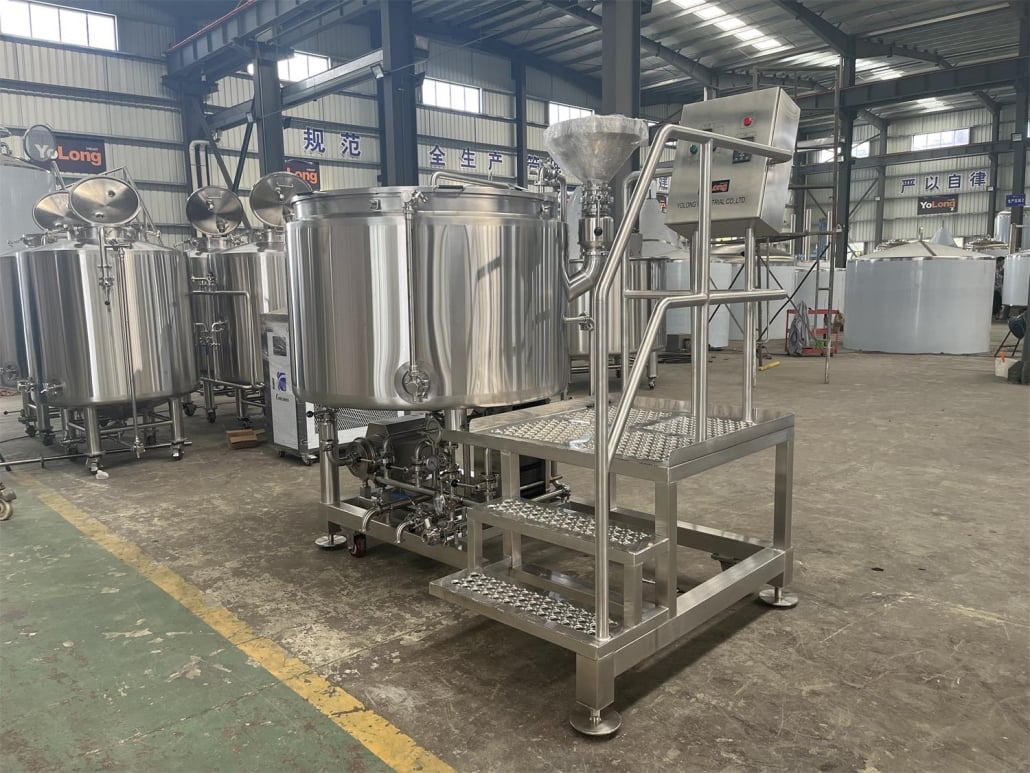

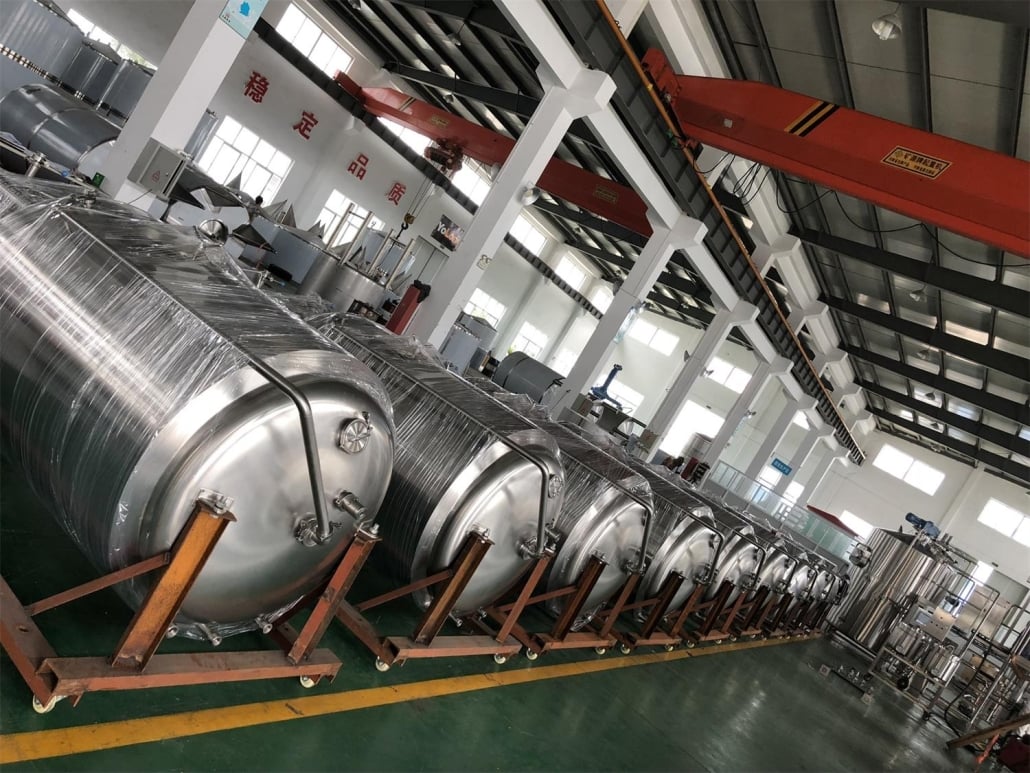
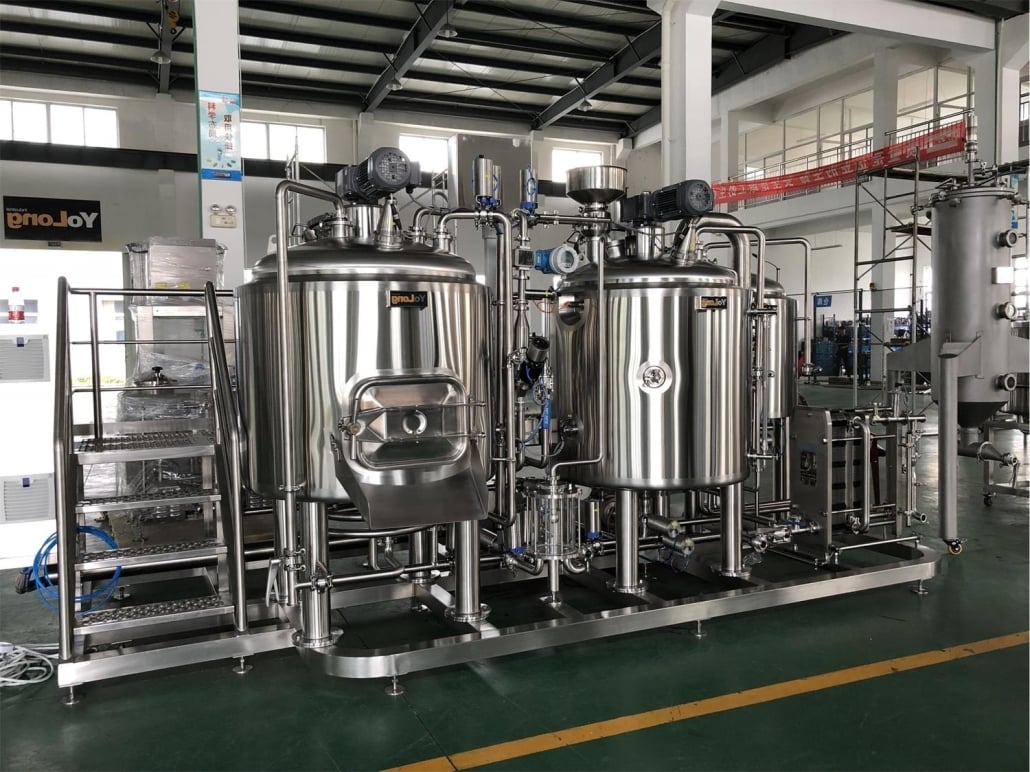
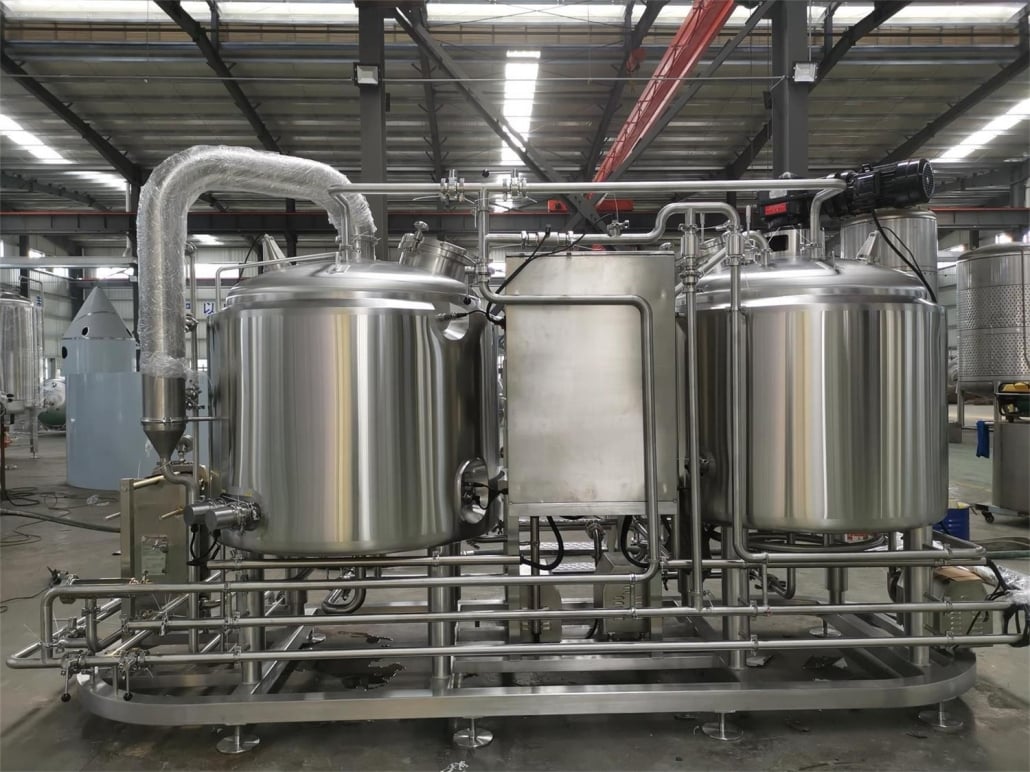
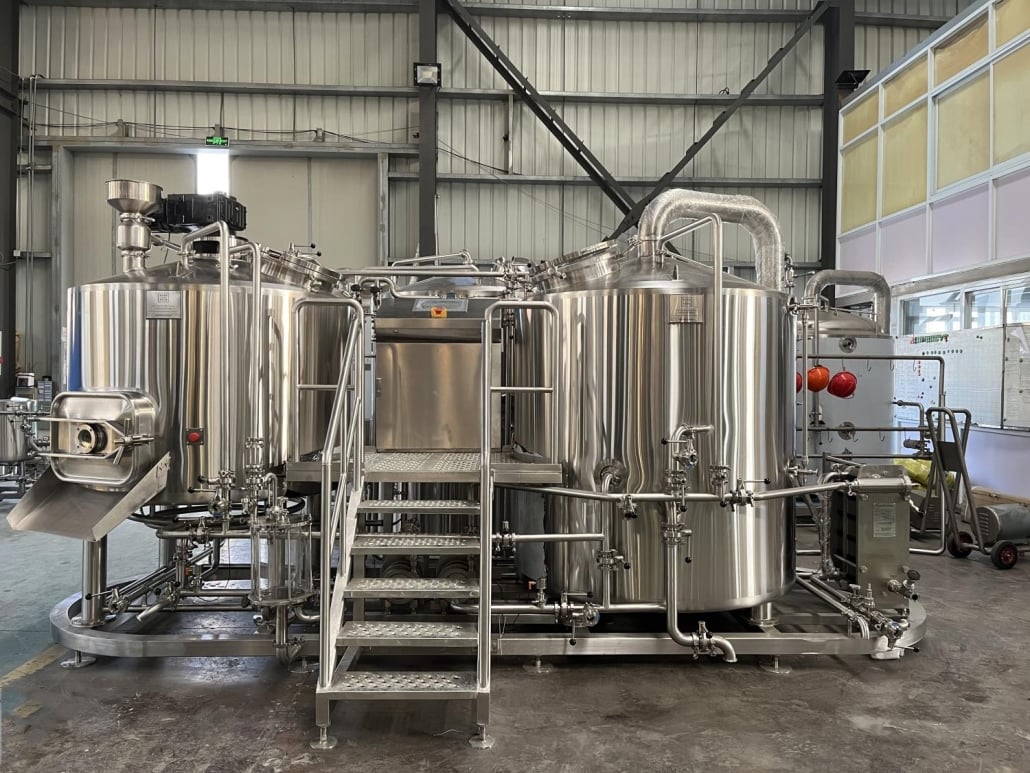
Differences Between Commercial and Household Brewing Fermentation Equipment
| Feature | Household Brewing Fermentation Equipment | Commercial Brewing Fermentation Equipment |
|---|---|---|
| Typical Volume | 1–10 gallons | 1–200+ barrels (31–6,200+ gallons) |
| Material | Plastic, glass, or small stainless steel | High-grade stainless steel (304/316) |
| Temperature Control | Often manual or ambient | Glycol-cooled jackets, PLC controls |
| Pressure Tolerance | Usually non-pressurized | Rated for pressure fermentation |
| Automation | Minimal to none | Highly automated systems (CIP, valves, sensors) |
| Mobility | Portable or table-top | Fixed or forklift-movable heavy systems |
| Cost Range | $50–$500 | $3,000–$100,000+ |
| Maintenance Needs | Basic cleaning | Regular CIP cycles, part replacements |
Top Brewing Fermentation Equipment Manufacturers in 2025
In 2025, the fermentation equipment game is competitive, and a few names really stand out based on innovation, customer support, and product quality. Here’s who’s crushing it:
- Ss Brewtech – Beloved by pros and homebrewers alike, their stainless-steel fermenters are the Tesla of brewing gear—sleek, reliable, and feature-rich.
- Blichmann Engineering – Known for durable equipment with great engineering. They offer everything from kettles to conical fermenters.
- Spike Brewing – A favorite in the small-to-mid-size craft brewery world. Great customization and U.S.-based manufacturing.
- Speidel – Their plastic fermenters are incredibly popular with homebrewers. Affordable, high-quality, and German-engineered.
- JVNW & DME Process Systems – For large commercial systems. If you’re planning a production-scale facility, these are the big guns.
How to Maintain Brewing Fermentation Equipment
Think of your fermentation equipment like your favorite cast iron pan—it only gets better with care. Neglect it, and well… you’ll taste it.
Here’s a routine worth brewing into your schedule:
- Daily Checks During Fermentation: Look for leaks, pressure anomalies, and temperature swings. Prevention is cheaper than a spoiled batch.
- Post-Batch Cleaning: Always clean right after racking or kegging. Hot water rinse, followed by caustic cleaner, acid rinse, and sanitizer.
- Monthly Maintenance: Inspect gaskets, seals, valves, and fittings. Replace anything showing wear. Bacteria loves cracked silicone.
- Quarterly Deep Clean: Especially important for commercial setups. Use CIP systems with rotating spray balls for a full interior blitz.
- Document Everything: Good records help trace issues and maintain consistency batch-to-batch.
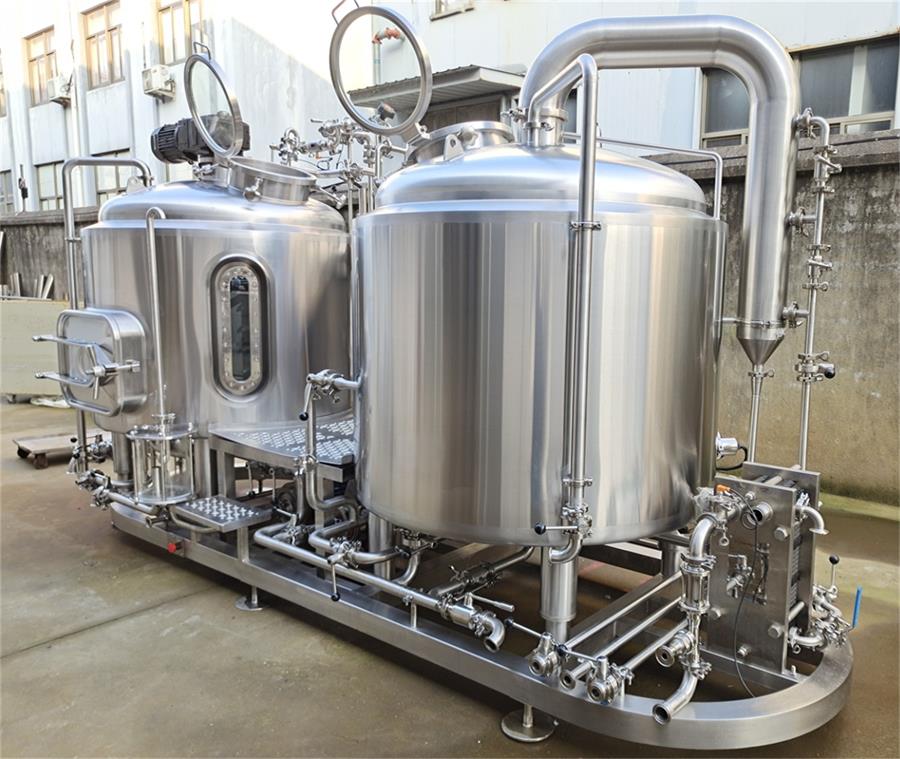
FAQ
| Question | Answer |
|---|---|
| What is the best material for fermentation tanks? | Stainless steel is the gold standard—durable, easy to clean, and inert. |
| Can I ferment in plastic buckets? | Yes, they’re affordable and work well, but they scratch easily and may harbor bacteria over time. |
| Do I need a temperature controller? | If you want consistent results and happy yeast, yes—especially for lagers or seasonal brewing. |
| How long does fermentation usually take? | Ales: 1–2 weeks. Lagers: 4–6 weeks or longer. Depends on yeast, temp, and beer style. |
| What’s a conical fermenter and why is it popular? | It allows yeast and trub to settle at the cone’s bottom, making racking easier and reducing contamination. |
| How much does a commercial fermenter cost? | Anywhere from $3,000 for a 1-barrel setup to over $100,000 for high-capacity tanks with automation. |
| Can household fermenters be pressurized? | Most aren’t, but some stainless options like the FermZilla or MiniBrew allow pressure fermentation. |
Share this entry
Interested in learning more about Brewing Systems including additional details and pricing information? Please use the form below to contact us!
YOLONG BREWERY EQUIPMENT FAQS
- Commercial Brewery / Craft Brewery / Microbrewery / Nanobrewery
- What is The Difference Between Craft Beer and Industrial Beer?
- The Bespoke Differences In Custom Brewing Systems
- Everything You Need to Know About Kettle Souring
- How to Choose Brewing Equipment for Your business?
- How To Choose The-Best Partner To Build Your Commercial Microbrewing System?
- Two Detection Sensors That You Need To Use In Your Brewhouse System
- Remote Control Applications in Brewing Equipment/How does it work?
- How To Clean Your Brand New Brewery Tanks?

